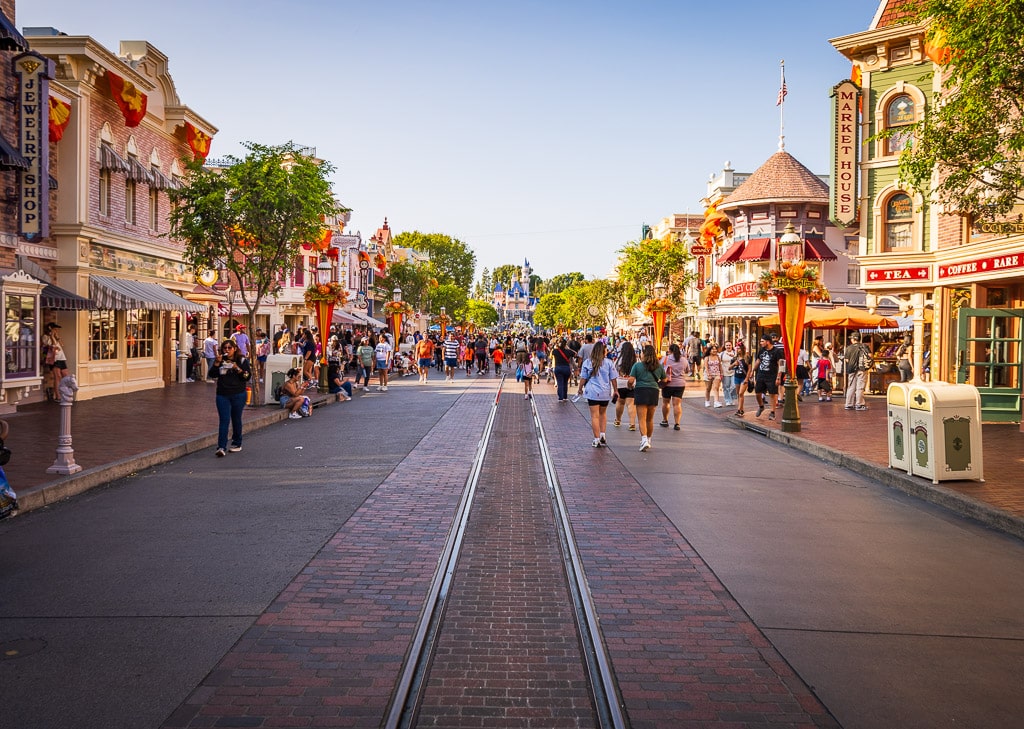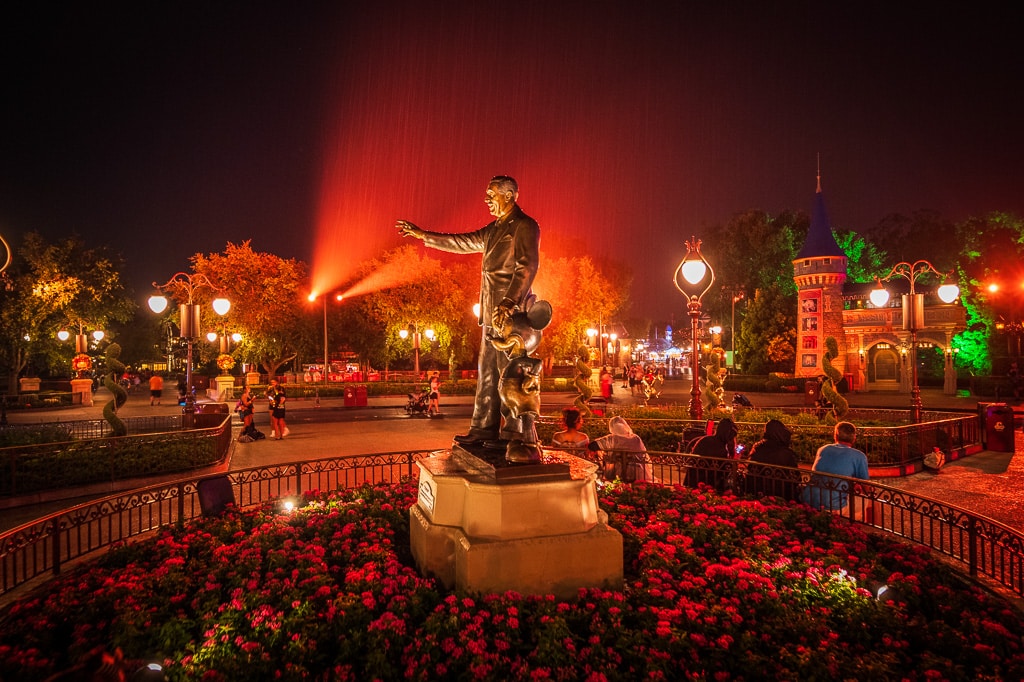
It’s been a rough few years for the Walt Disney Company and fans. It’s pretty wild to now think of 2019 as the halcyon days of Walt Disney World and Disneyland, but with the benefit of hindsight, they were. This post takes a look at what’s happened since, negative views of the brand as captured by surveys, and how returning CEO Bob Iger feels about all of that. Plus, our commentary about causes and solutions, and how dire the brand damage actually is for Disney.
It probably goes without saying, but the most controversial issue this year has been the company’s public standoff with Walt Disney World’s home state, resulting in a “battle” between former CEO Bob Chapek and Governor DeSantis. That made headlines for months, and culminated in Florida passing bills to dissolve Walt Disney World’s Reedy Creek Improvement District. Books (plural) will someday be written about this saga.
On the media side, Disney has had plenty of problems in the last few years. The biggest of those revolved around the live-action Mulan, which was mired in multiple issues. That resulted in Disney becoming a symbol of Hollywood hypocrisy and willingness to sacrifice values to do business in China. Subsequently, there have been lower profile content-controversies of varying degrees, at least some of which have been driven by a Disney being under the microscope.
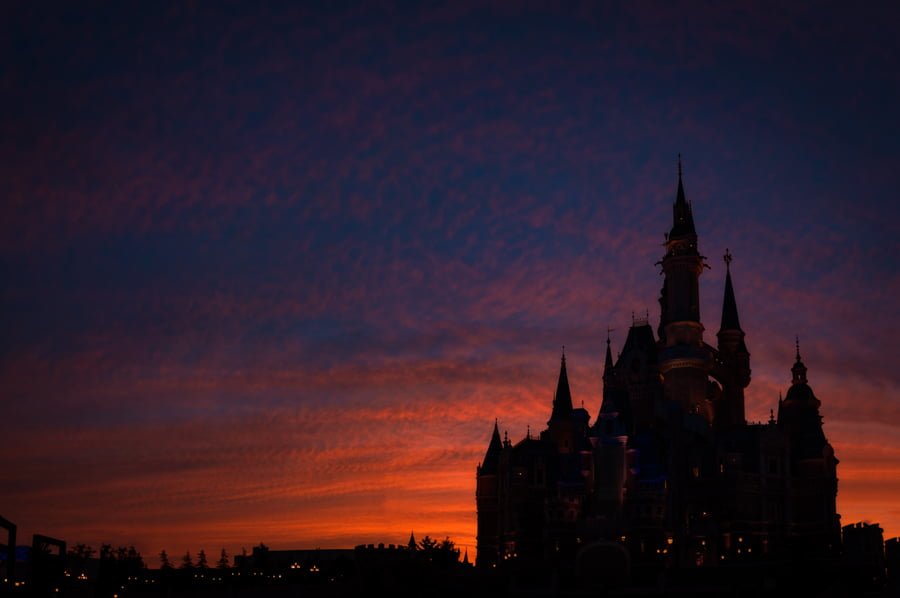
All of that is before we even get to changes at the parks. Go ahead and watch this great ad from 2015, which underscores just how much has changed about the guest experience. Disney’s Magical Express, free FastPass, reservation-free visits, unlimited Park Hopping, Annual Pass sales, and the Disney Dining Plan are all things of the past.
And that’s just a partial list! Health safety protocol was contentious in 2020 and 2021, but those issues have largely faded away. There have also been the countless price increases, resulting in an over 40% increase in guest spending. If you want a rundown or refresher, see this list of the biggest Walt Disney World fan complaints and that post’s most recent comments for insight into why so many fans are disgruntled.
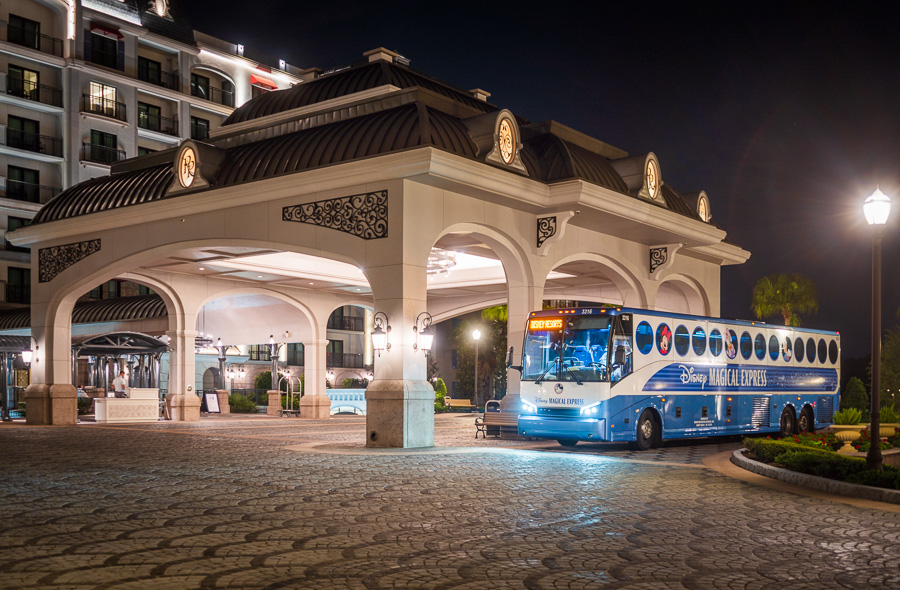
While things have started to ‘settle down,’ there was a stretch during which it seemed like a week didn’t go by without Disney embroiling itself in embarrassment. To be sure, several of these so-called scandals were no-win situations, where Disney was backed into a corner with no good way out. Plenty of others were unforced errors that could’ve been avoided had the company been more deliberate and careful with its decisions and PR.
None of this is any big secret to those who follow the Walt Disney Company. Regardless of where you fall on the ideological or political spectrum, you no doubt are cognizant of the controversies swirling around the company.
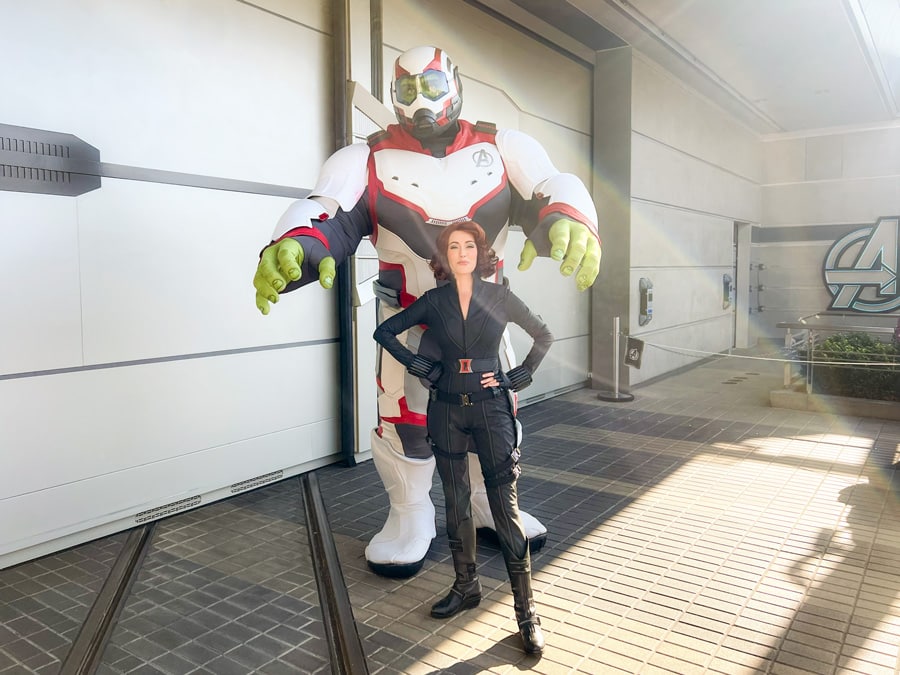
Reflecting all of this is the Axios Harris Poll 100 and 2022 Corporate Reputation Rankings. Reputation rankings in Forbes, Financial Times, Fortune, US News & World Report, and other business publications have proliferated in recent years–likely because these lists are an easy way to grab headlines on social media and generate ‘news’ about companies that rise and fall in the rankings.
Quite often, there’s considerable inconsistency among the lists. Rankings vary depending on the criteria and methodology used, as well as the sources of information and the sample size. As such, I was skeptical when the Axois Harris Poll 100 first came out, and contained what could be described as disturbing results for Disney.
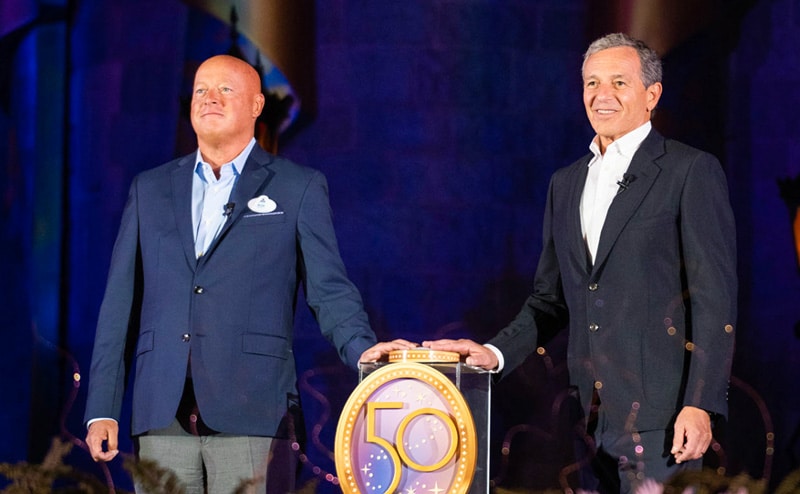
My skepticism changed when reading the recent Wall Street Journal article that summarized the saga (thus far) of Disney’s Bob Swap/Battle of the Bobs. We’ve already covered some of that here, but another interesting tidbit was Bob Iger’s views on external and internal sentiment towards the company. According to WSJ, Iger believed that Chapek was a failure in the most important measures of success for a CEO: internal satisfaction, investor relations and consumer support.
An internal survey of Disney found low morale among Cast Members, which should hardly be a surprise given that they were on the frontline enforcing rules, explaining unpopular policies, and more. Wall Street Journal also pointed specifically to the Harris Poll, which Bob Iger follows closely, showing that fans were “falling out of love” with the Disney brand.
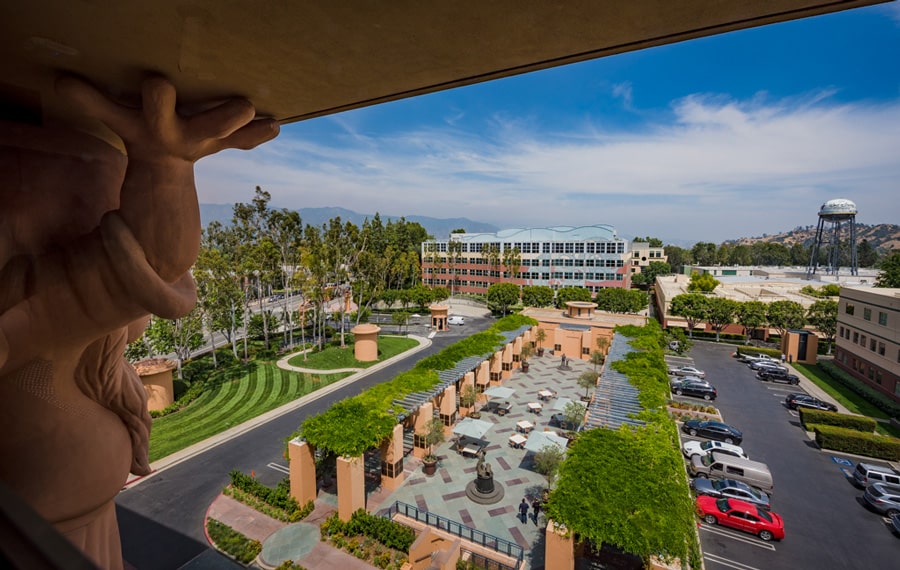
Knowing the Axios Harris Poll is important to the company and its CEO (Disney touted being one of the highest-ranking companies on the poll as recently as 2019) prompted me to take a fresh look at the results. There’s no way to spin this or paint it in a positive light: the results are bad for Disney.
Below is a look at the 2022 Corporate Reputation Rankings from the Axios Harris Poll 100. This is based on a survey of 33,096 Americans in a nationally representative sample, and uses a two-step process to determine the rankings:
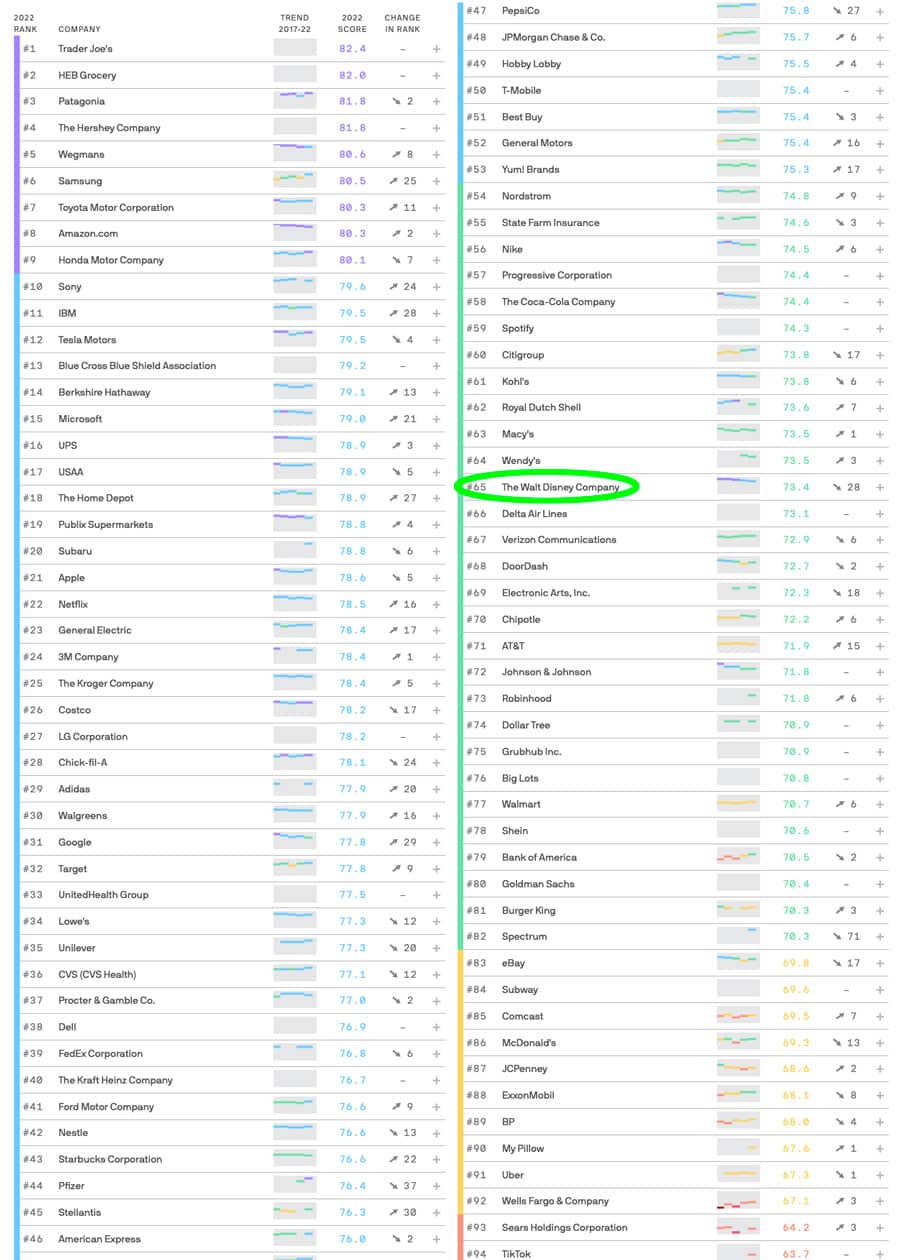
The Walt Disney Company had a score of 73.4 and ranked 65th on the list, which was a drop of 28 spots as compared to last year. This puts Disney into the “Good” tier of the list, which is the worst it has ever done in the history of the Harris Poll.
For the duration of Bob Iger’s first tenure as CEO, Disney had scored above 80, falling near the top of the list in the “Excellent” tier.
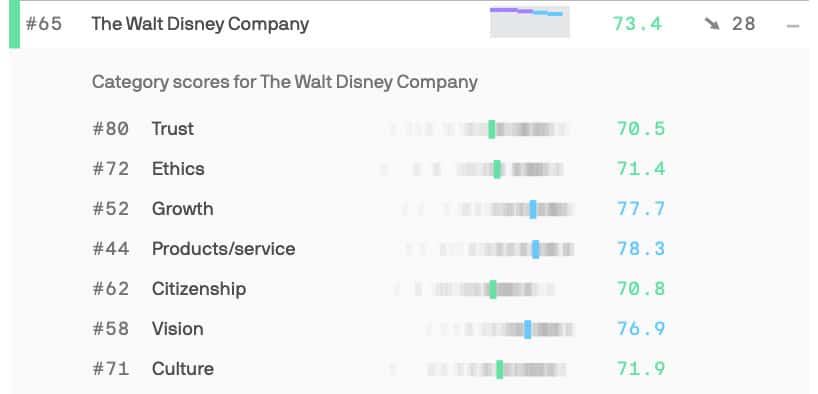
Above is Disney’s breakdown in the individual category scores of Trust, Ethics, Growth, Products/services, Citizenship, Vision, and Culture. On the plus side, at least the core products and services are still performing well.
To put this into perspective, Disney scored almost 10 points behind the #1 ranking Trader Joe’s, and had falls on par with Chick-fil-A, PepsiCo and Pfizer. The only company that performed significantly worse year-to-year was Spectrum, which dropped 71 slots. Conversely, Home Depot, Stellantis, Sony, IBM, Google, and Samsung all shot up the rankings.
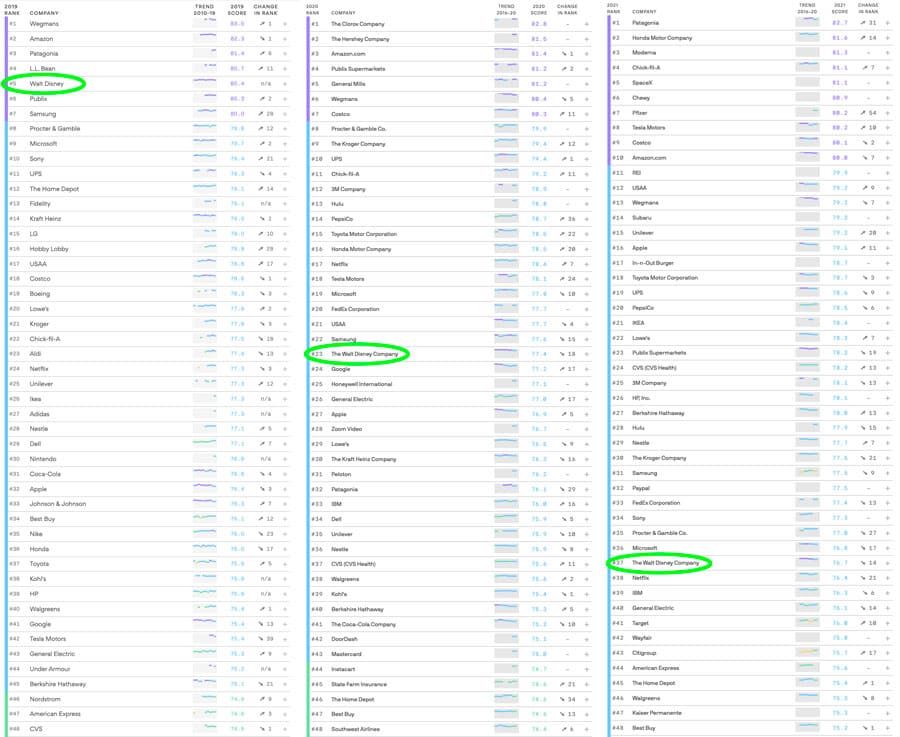
I was dismissive of this list when it was first released because of the inconsistency in the rankings. In isolation, it makes sense that Disney would’ve dropped. However, the wild swings for Home Depot, Sony, IBM, Google, Samsung, etc. are all less obvious.
Even Chick-fil-A’s drop is difficult to reconcile; while it’s a polarizing company, its scandals and boycotts occurred a few years ago. That 24 spot fall would’ve made sense in 2019 or 2020, but not so much this year. Same goes for PepsiCo; it faced some major issues back around 2017, but not much since. (A bit off topic, but PepsiCo actually has great corporate culture. There’s no good explanation for its decline.)
Moreover, of the top 4, only Patagonia even made the list in 2021. In reviewing the rankings for the past several years (see 2019, 2020, and 2021), these inconsistencies become even more evident. In-N-Out Burger dropped out of the rankings entirely after ranking #17 last year (another company with great culture) and the beloved Buc-ee’s, another regional institution, was also shut out of the list.
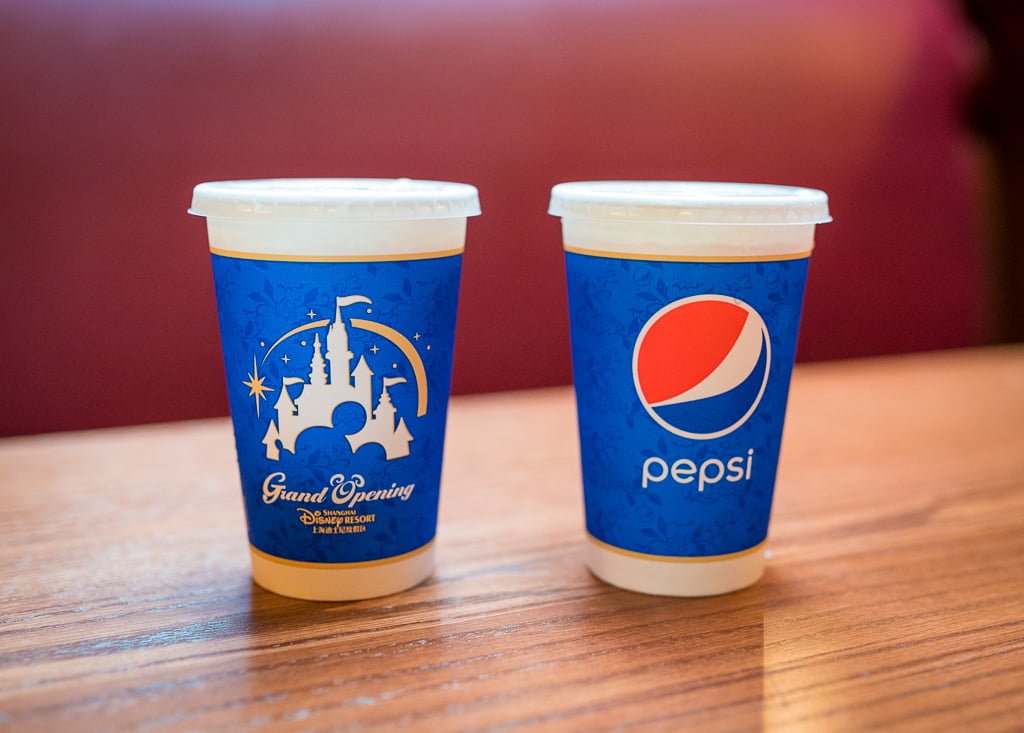
With that said, I’m willing to allow for the possibility that the Harris Poll is a flawed way to rank certain high profile companies and a good way to rank other ones. I would hazard a guess that most Americans are both aware of and like their local grocery store chains, automobiles, and consumer electronics. I would also guess the average American doesn’t know much about those corporations; they’re aware of the brand, but clueless about its business machinations. Those companies likely benefit favorably from that dynamic on rankings like this.
For example, we got a new Samsung television this year, and I’m very pleased with it. If I had to list 100 visible companies, Samsung would make my list as a result. I know literally nothing about the Samsung corporation, and would thus make wild guesses if I had to score it on those 7 key reputation factors. (Some of which are very similar to one another and almost impossible to assess from the outside.)
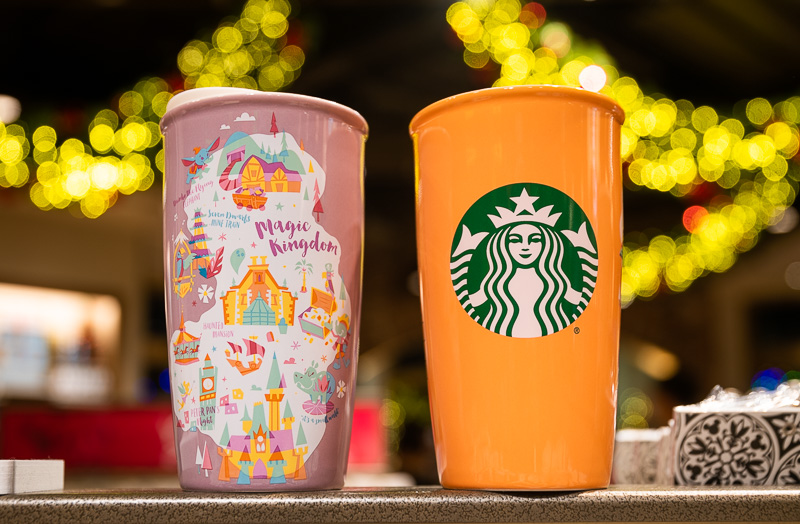
By contrast, there are companies like Disney where the reputation is part and parcel of the brand itself. There are several lifestyle brands like this, that have actual enthusiasts and a wider degree of awareness among the general public. Aside from Disney, companies that come to mind here include Apple, Starbucks, Nike, Tesla, Patagonia, and Trader Joe’s. There are undoubtedly others, as well.
For these companies, movement in the rankings might be much more meaningful. It’s less likely at random, and more likely reflective of how the core audience views the company’s recent actions. (Even then, some of those brands have enjoyed teflon-like reputations in spite of scandals one might think their demos would dislike.)

For its part, Axios attributes Disney’s drop to its political (mis)calculations and controversy in Florida and being “caught between their employees, consumers and politics.” (This poll was conducted right after the Reedy Creek fallout, when it would’ve been freshest in minds. That was a major story beyond the Disney sphere, making national headlines for a while.)
“Disney’s about face shows the reputational hit that comes when the public perceives you as being calculating rather than clear in what you believe in and stand for,” said John Gerzema, CEO of The Harris Poll. Axios’ color commentary suggests Disney’s fall was less about taking a position, and more about the approach that alienated just about everyone in the process.
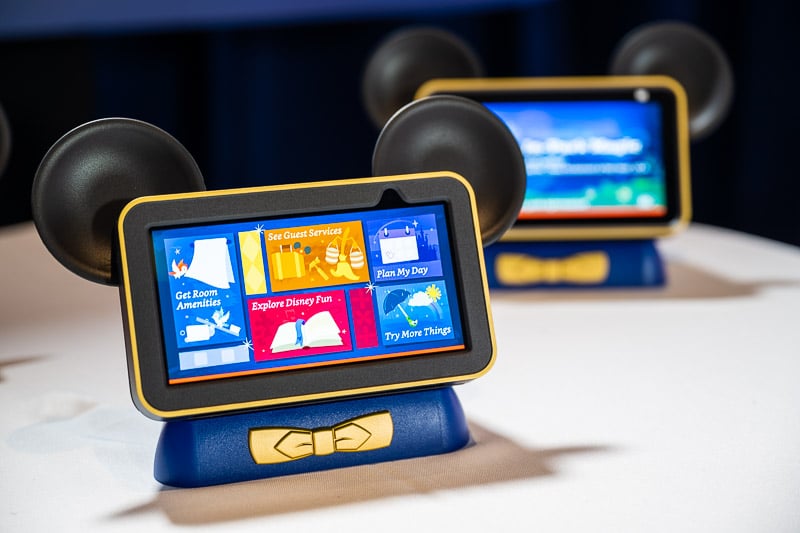
Given the current politicization of everything and hyper partisanship, some people will no doubt use these survey results to vindicate their preexisting beliefs about Disney’s forays into social issues. That is undermined at least to some extent by the rankings of countless companies that have likewise taken stances on social and political issues.
Patagonia, which ranks #4 on the list, is among America’s most activist corporations, loudly proclaiming its political labels (literally). On the other end of the spectrum is the #28 ranking Chick-fil-A. As noted above, it fell considerably, but not for any recent issues–it still scores incredibly highly for trust and ethics. Other high ranking companies have been embroiled in social and political problems, including Amazon, Kroger, Publix, Netflix, Nike, Starbucks, Coca-Cola, and Hobby Lobby all rank highly.
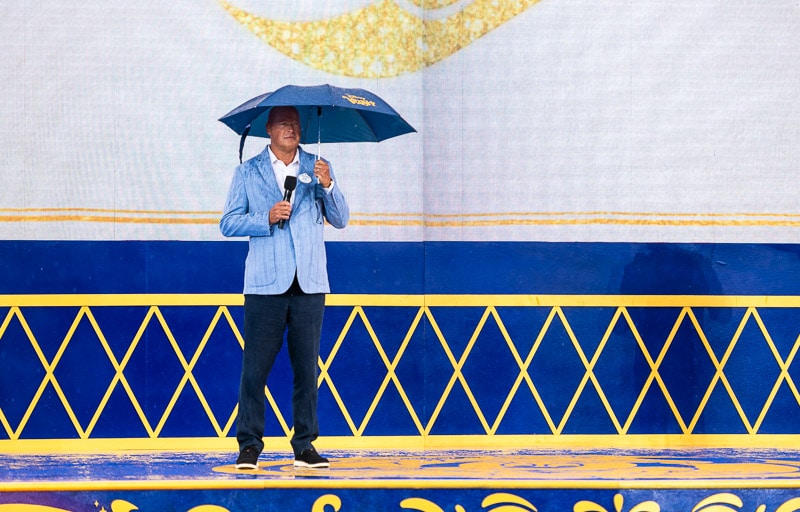
With that said, what is possible is that Disney going back and forth on saying/not saying something, and then publicly injecting itself into Florida politics, and then Chapek getting into a high-profile fight with Governor DeSantis, and then the squabble over Reedy Creek took a toll and tarnished Disney’s reputation. In fact, I’d be willing to bet that it did.
That whole saga started in mid-February and dragged on until late April, with major headlines on a weekly basis. It was a major news story for two-plus months, and one that definitely refuted the notion that any publicity is good publicity. Disney’s hamfisted approach managed to alienate and aggravate virtually everyone regardless of their allegiances in the culture war. Perhaps Chapek should be praised for managing the rare feat of bringing unity…in disliking him!
Jokes about Chapek aside, other companies are better at playing one side. Consequently, their losses with one group are offset by gains with the other. Disney seems to have found the rare “sweet spot” of pissing off both. Nike, Chick-fil-A, Starbucks, Hobby Lobby, Patagonia, and others have not done this. In fact, I cannot think of any major company that has–especially not one as universally beloved as Disney.
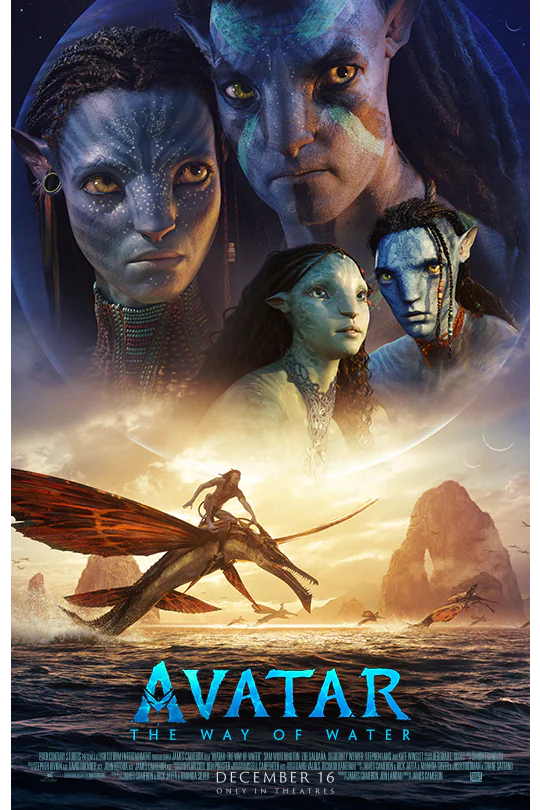
Critically, these brands run the political gamut. It’s not as if one viewpoint is doing poorly while the other is excelling. There are popular catchphrases suggesting companies fail as a result of their political or social stances, there is zero data to support that. Only a handful of outliers when brands have become proxies for political identities, and none of the aforementioned companies qualify as having done that.
To that point, it seems like every time a new movie is released, one end of the spectrum calls for its boycott. This has even happened with two of this year’s billion-dollar box office darlings, Top Gun: Maverick and Avatar: The Way of Water. Despite hundreds of thousands of “likes” on social media expressing solidarity with these boycotts, there was a negligible (at best) impact on their success. When movies actually do bomb–like Lightyear or Strange World–it’s viewed as vindication. The boycott worked! (Nevermind decades of experience demonstrating that boycotts are seldom successful at impacting revenue.)

The same thing happens when certain stocks drop on days when the broader market or that segment is also down. Rather than looking at the bigger picture, many people view that as evidence to support their preconceptions. There couldn’t possibly be any other explanation aside from the boycott bearing fruit and investors jumping ship. (Institutional investors do not care; they are not influenced by emotion.)
The reality is that most Americans are not hyper partisans and will not give up something they’d otherwise enjoy for the sake of political sport. That might work with the terminally online or those who watch cable “news” for 8 hours per day, but not with ordinary Americans.

The number of people who wanted to see Tom Cruise do cool jet stuff but refrained because it supports the military industrial complex (lol) or because the Na’vi are culturally appropriating (from the historically oppressed…blue alien cats?) numbers in the dozens, not hundreds of thousands. Most of the outraged were upset about something they never had any intention of seeing.
Suffice to say, boycotts from those at both extremes of the political spectrum are nothing new, and have yet to be any major corporation’s undoing. That’s because they occur at the fringes, among a vocal minority–much louder in voice than they are large in numbers. The overwhelming majority of Americans simply do not care, and instead consume products they enjoy and value, without regard for their purported positions. The bottom line is that if a movie or television show is fun and good, that’s all that matters for most people.

When it comes to Disney’s box office bombs, the real issue could be that one of those movies looked like a Toy Story knock-off, replaced the beloved Tim Allen-voiced version of an iconic character, and couldn’t even justify its own existence. No one was begging for a contrived ‘real life’ origin story about a toy.
The other follows in a long-line of science fiction flops for Disney, and received lower-than-normal audience scores even from those who chose to see it. (With Strange World, the ‘other side’ will argue that it flopped because Disney failed to market it–but is it instead possible that Disney made the business decision not to market it because audience tracking was anemic, and they knew the movie was destined to flop regardless? Throwing good money after bad and all that?)
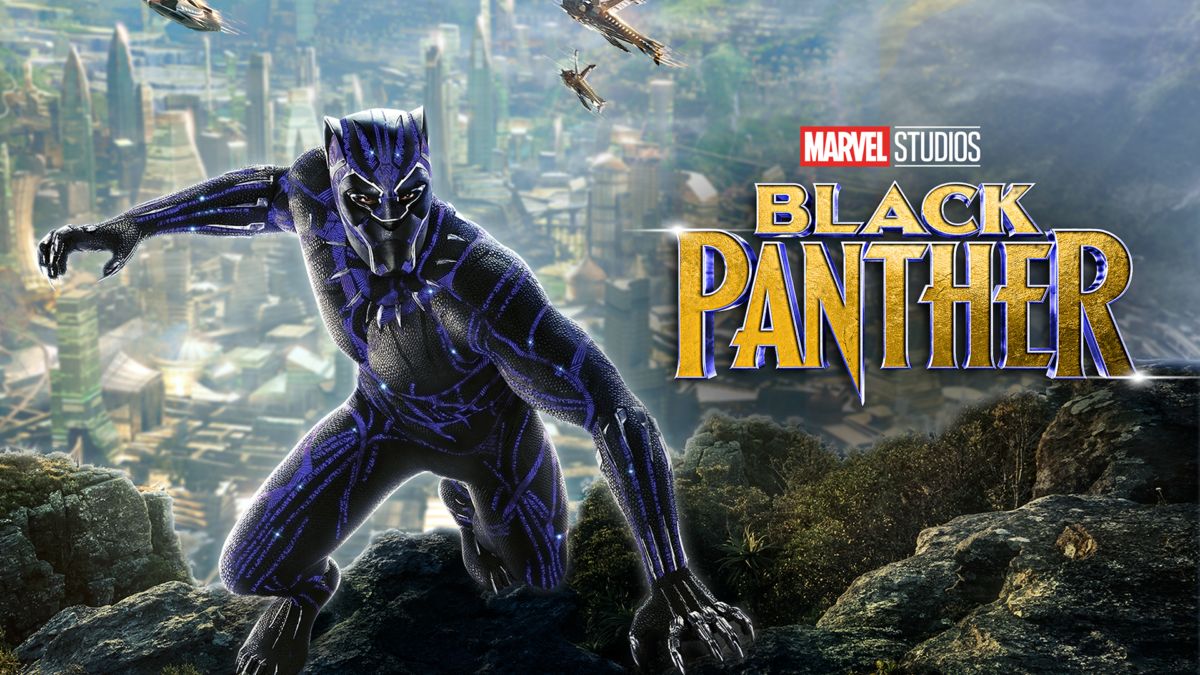
This is not to say people don’t boycott things. It’s also not to say boycotts are pointless. As a consumer, there is no more powerful voice you have than your dollars; “voting with your wallet” sends a more powerful message than simply shouting about boycotts. There’s also something to be said for supporting businesses that align with your own values, and not doing business with those that do not.
This is simply to say that boycotts typically do not happen in sufficiently significant numbers to impact financials in a material way. Movies with messages succeeding is proof positive of this, as is the failure of movies without messages. When in doubt, employ Occam’s razor. Morbius didn’t flop because it offended the highly-influential vampire lobby. It flopped because it sucked (figuratively). Or so I’ve heard. As with Lightyear and Strange World, I haven’t seen it due to a lack of interest. (Apologies for the rant, but this has been coming up way too often on social media and it’s utterly exhausting.)
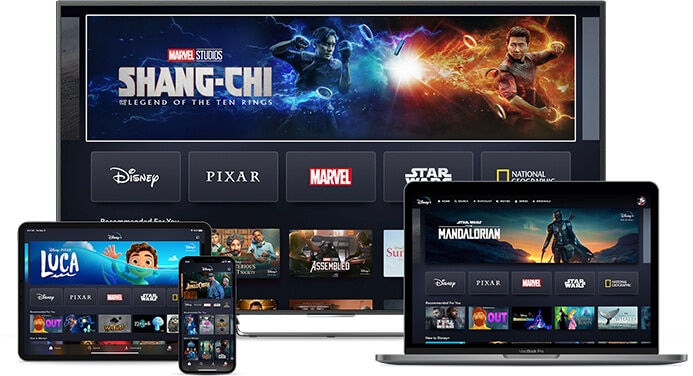
The data backs this up. Even as Disney has sustained undeniable reputational and brand damage, the company continues to outperform in consumer-facing ways. Disney+ has beat subscriber growth expectations each of the last several quarters, including the one encompassing the Reedy Creek controversy. This has happened even as its competitors, like Netflix, have stumbled at maintaining growth and avoiding churn.
The real issue for Disney+ has been how much money the nascent streaming service has burned through to achieve that growth, resulting in losses of roughly $1.5 billion in the most recent quarter and around $1 billion in the quarters prior to that. But that has absolutely nothing to do with boycotts–it’s largely due to out of control spending on content. (The company knew from the outset that Disney+ wouldn’t be profitable until 2024, but the staggering expenses and shifting Wall Street expectations have shifted the dynamic.)

Then there are the theme parks. I don’t think anyone who has spent any amount of time in the parks the last couple of years would say there are any signs of a fruitful boycott. Prices are up (considerably), but the parks are still packed. For all of the changes that have negatively impacted the guest experience, people are still visiting in droves.
This is not intended as “proof” that Disney is on the right track or doesn’t have underlying issues–just that the assorted real-world controversies have not meaningfully impacted the parks’ financials in the last few years. With that said, we’ve repeatedly harped on the company prioritizing short-term success over cultivating an audience of loyal, long-term fans. From our perspective, this is the crux of the actual issue for the Walt Disney Company.

Back in 2018 we published Is Walt Disney World Eroding Fan Goodwill? That four year old assessment could’ve been written yesterday–but would be twice as long if it were! The nickel and diming has become more egregious, fans are increasingly disillusioned, and guest satisfaction has decreased significantly as a result.
In fact, we’ve written about the long-term reputational damage on several occasions resulting from these practices. Variations of the following are from posts in 2019, 2020, and 2022: At this point, it would seem that price increases will continue unabated until the next economic downturn. Given the staggering number of “Most Expensive Day Ever” and “#BROKE” shirts (among hundreds of other similar Etsy designs) visible in the parks right now, we think Walt Disney World has a serious pricing reputation and perception problem.
However, as long as consumer confidence remains high, people will pay the prices…and then spend even more to wear shirts complaining about said prices. The serious issue will come down the road when people are not feeling so hot about their economic circumstances and future.
At that point, it’s a question of whether discounting will be enough to incentivize guests to return, or if irreparable brand damage will have been done during the last decade or so of increases. We don’t have an answer to that–no one does–but it’s definitely something about which we’re curious.

Those are the things that really have me worried when it comes to Disney’s reputation. If I were an executive walking around the parks seeing all of those Etsy shirts, I would be very concerned about public perception–and would want to make efforts to undo that. That’s not to say prices should be lowered or Disney should cease to be a profit-minded business. But some of the cash grabs are so blatant, unnecessary, and–ultimately–counterproductive.
As much as I like the concept of Star Wars: Galactic Starcruiser, I think it has done more harm than good. So many headlines (rightfully) focus on its cost, with the “hotel” receiving outsized attention for what’s ultimately a niche offering that won’t do much for Disney’s bottom line. Same goes for the $100,000 private jet Disney Parks worldwide “adventure” that garnered a ton of attention despite having only 75 slots. Ditto the new subdivision Disney is attaching its brand to on the outskirts of Palm Springs.
All of this will make money, to be sure, but even the upside is incredibly limited due to the limited market or capacity for all of these things. More importantly, there’s a non-monetary cost to all of this in terms of brand damage. It reinforces the erroneous-but-widespread belief among many fans that Disney now only caters to the wealthy.

I’m not alone in being more concerned about all of this. There have been recent reports that Bob Iger was “alarmed” by Walt Disney World and Disneyland price increases. “He’s killing the soul of the company,” said Iger about Chapek on more than one occasion. This refrain might as well have come from Walt Disney World and Disneyland fans, as it echoes so much sentiment shared here over the last couple of years.
This is not to absolve Iger from blame. Again, our article questioning whether Walt Disney World was eroding fan goodwill was written in 2018, during the first Iger regime. Unpopular decisions were made under Iger then, more likely would’ve continued in the last few years, and more are probably on the horizon. The key distinction is that Chapek did an unprecedented amount of damage in a short span, and did so without much regard for the guest experience or perception of fans.

This much should be fairly self-evident when comparing consumer sentiment polls and the past Harris surveys from the Iger days to the Chapek era. For all of our collective complaints during those years, the Walt Disney Company enjoyed a sterling reputation–ranking near the top of every reputational list–before Iger stepped down as CEO.
There’s a reason so many fans are happy to have Bob Iger back, and it’s not because we have the memories of gnats. It’s because he was generally a good leader–warts and all–who cared about the company, its history, future, and fans. Not all of his decisions were beloved, but he also seemed to be building up the company, rather than burning a 100-year old empire to the ground as expeditiously as possible. But I digress–we’ve discussed this to death in countless other posts.

The good news is that, as intimated above, Chapek is gone and Iger is back. Already, there are signs that Disney and Florida are going to reconcile, and Reedy Creek will not be dissolved. The lawmaker who drafted the law to dissolve RCID said that “Chapek screwed up, but Bob Iger doesn’t have to own that screw-up.”
His personal politics aside, Iger has a defter touch and is more diplomatic than Chapek. As a whole, the company likely learned the limits of its influence, and what to avoid. To whatever extent that controversy hurt the Disney brand this year, the worst is almost certainly in the rearview mirror.

On top of that, the general public does have short memories when it comes to brand controversies. In spending way too much time studying the Harris 100 lists between 2019 and 2022, one thing that became clear to me was that most damage is not fatal. Negative headlines are most impactful the closer they coincide with the survey window, and become increasingly irrelevant as time passes.
Multiple companies have bounced back the year after big scandals, forgotten from memories as the outrage du jour long since moved on to something else. Unless a company is out there regularly spilling oil on baby seals, reputational recovery typically occurs. Long-standing image and general business practices matter a lot more than temporary mistakes. As should be the case–ethics and missteps are not the same.

However, this also means that ongoing issues that have soured consumers on Walt Disney World and Disneyland will continue to take a reputational toll. Given that Iger is aware of this–and extended an olive branch of sorts with his letter to fans and the Cast Member Town Hall–it’s likely he will make efforts to undo some of Chapek’s damage. As we’ve written before, Bob Iger believes in the ‘magic’ of Disney and understands what fans and employees need and crave from the company’s leader.
What Iger will do to repair tensions between the company and consumers is unclear. As covered in this List of Positive Changes CEO Bob Iger Could Make to “Fix” Walt Disney World, there’s some low-hanging fruit. However, there are also changes that Iger will be hard-pressed to make given how the company’s streaming services are hemorrhaging money.
What Iger could do is work to improve the guest experience, so we’re not hit with price increases and corner-cutting simultaneously. People can generally handle one or the other, but not both. At least, not without feeling ripped off. If the company wants to actually “exceed the highest expectations” of fans (in Iger’s words) and maintain its status as a premium brand and industry leader in theme parks, hopefully it will improve the experience and offer an unparalleled experience commensurate with the high price points. Avoiding unnecessary controversies, alienating everyone, and being openly antagonistic to consumers seem like other obvious and good ways to start raising Disney’s brand ranking. Here’s hoping for more of that, and a less outrage-inducing 2023 for Disney!
Need Disney trip planning tips and comprehensive advice? Make sure to read Disney & Universal Vacation Planning Guides, where you can find comprehensive guides to Walt Disney World, Disneyland, Universal Orlando & Hollywood, and beyond! For news & rumors, on-the-ground updates, discount information, free downloads of our eBooks, and much more, sign up for our FREE email newsletter!
YOUR THOUGHTS
What’s your take on Disney’s declining reputation? Think the company can bounce back with a less controversial leader? Will the price increases, nickel & diming, and other unpopular decisions result in continued decline? Think Iger’s superior diplomacy with Cast Members, fans, politicians, etc. will yield better results?
Regardless of your perspective on the reasons for Disney’s brand damage, please keep the comments civil. This is not the place for politically-charged arguing, antagonism, personal attacks, or perpetuating pointless culture wars. There’s a way to tactfully convey points touching on politics and social issues without being disrespectful or disparaging. We will be heavy-handed in deleting comments that cross the line or are lacking in decorum, without regard for their viewpoint. If you wish to rudely shout your anger into the internet abyss, that’s why Facebook was invented.





